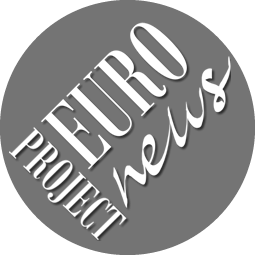The objective of EURONEWS is to submit the handwritten newsletters of Early Modern Europe to five interrelated levels of analysis; and to create, test and implement a unique research instrument for carrying out such an extensive large-scale study.
Previous scholarship in each of the linguistic areas has focused mostly on local news, for very understandable reasons. However, the international element is now taken into account, but not systematically. This level of analysis permits systematic tracing of the balance between regional and international news from place to place and from time to time. How are the larger and smaller territorial agglomerations portrayed? Our soundings should give a definitive answer for this period. In addition, a prominent theory of news correlates geographical liminality with liminality of experience. The farther away a place is, the more improbable are the tales said to emanate from there–partly but not exclusively due to the decreased likelihood of verification.
How are populations portrayed? How are leaders portrayed? What refers to ecclesiastical and what to the political realm? What patterns are discernible from time to time and from place to place in the reporting about ceremonial? What are the major political events, and how do they become events? How are battles portrayed? Whence are the patterns for such accounts derived? Is there reuse of certain formulae? Which battles in which years are regarded as decisive? How does a battle account develop? How is partisanship expressed?
News often concerns things, which may or may not be situated in their context comprising the relevant persons who are found to be moving, owning or requiring things. The sixteenth- seventeenth century seems to be situated near the advent of a commodity- filled world. Specialized studies have long debated whether the circulation of goods may serve as an index of economic prosperity, or not. Our evidence may suggest a new side to the question, incorporating knowledge about objects in motion, from both ends of a spectrum whose extremes are defined by luxury products, on the one hand, and, on the other, ordinary merchandise in exchange, from simple clothing to foodstuffs. The seasonal and cyclical topicality of news, as analysed in this layer, will help toward understanding what Europeans thought they discovered about the world from week to week, and how that discovery was articulated within different cultures.
As the handwritten newsletters themselves are the chief sources regarding the personnel involved in the news gathering and news distribution processes, this layer concerns the whole range of personalities, providing a precious catalogue of names largely unknown in other sources, while at the same time tracking changes in the social status and even professional attributes of those concerned, from time to time and from place to place. We wonder whether, for instance, postmasters continued to play a role throughout the period, as some studies suggest, and whether changes in the economy had any effect on the prevailing social level within news personnel.
Large quantities of news text invite an approach attuned to the rhetoric and the aesthetic of news. Tracking the same or similar stories from place to place and from time to time will reveal regional differences in the way stories are told, as well as overall differences over time. Of particular interest in this regard is linguistic change in the European vernaculars, including changes in the expression of emotions. This layer also concerns the topics of news. We are particularly interested in how particular subjects are discussed from time to time, as well as how the basic topics of news change across the period. Researchers will be signalling the topics of news, while excerpting prominent expressions in regard to given topics. A significant result of this research will be a news atlas that can be compared and contrasted with standard accounts of the key events of the period.
